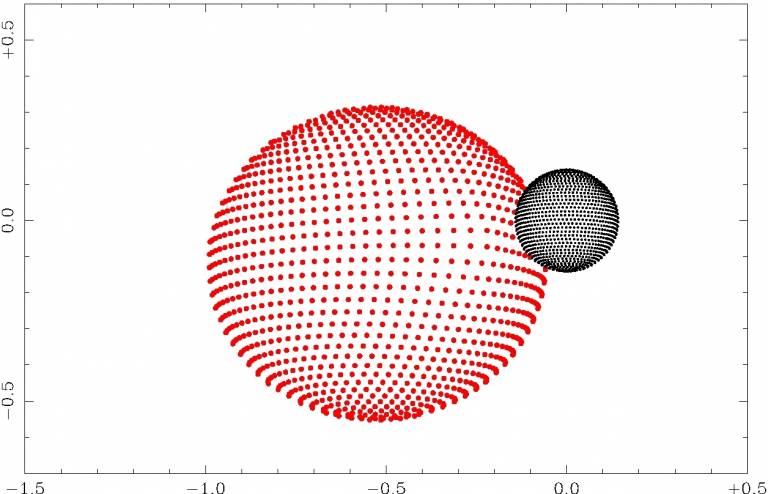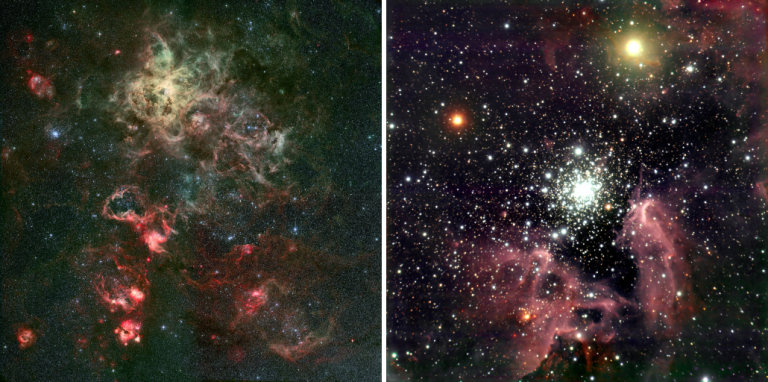Historically, binary systems have played a crucial role in establishing (among other things) the most basic of stellar properties, the mass. This role remains important in the present day, most especially for rare, high-mass stars, where binary systems continue to provide critical insights into star formation and evolution.
On a larger scale, high-mass binary systems play important roles in both the interpretation of the observed velocity dispersions of star clusters, and the cluster evolution. Many young clusters have measured velocity dispersions that appear too high compared to luminosity-derived masses, which has led to the suggestion that they are not in virial equilibrium, but are in a state of relaxation following expulsion of residual gas after an initial star-formation phase.
Furthermore, eclipsing, doubled-lined spectroscopic binaries (eSB2s) not only provide a direct route to fundamental determinations of stellar masses and radii, but also afford true primary distance indicators, independently of intermediate calibrators. This makes the study of eSB2s in extragalactic systems of considerable interest from both astrophysical (stellar-evolution) and cosmological (distance-scale) standpoints.

Figure 1. This diagram shows a computer model of a binary system, which might consist of two stars, or a star with a hot jupiter companion.
Many traditional methods of eclipsing-binary (EB) analysis translate more or less directly into the study of transiting exoplanets, which are, in effect simply EBs with extreme mass and luminosity ratios, as shown in Figure 1 above. Currently, standard exoplanet studies use the simplest versions of binary-star modelling (e.g., transit light-curves modelled with uniform-temperature spherical stars, linear transit paths, and spherical occulting bodies), but as more systems are discovered with highly eccentric orbits and rapidly rotating parent stars, these simplifications will have to be relaxed. This is easily done within the context of established binary-star analysis techniques.

Figure 2: Left. Image of 30 Doradus, or the Tarantula Nebula as it is better known, in the Large Magellanic Cloud. Right. An embedded super star cluster in NGC3603
The Tarantula Nebula shown in the lefthand panel of Figure 2 is a giant cloud of gas in one of our neighbouring galaxies, the Large Magellanic Cloud. It is a site of very active star formation, giving us our closest view of a starburst-like region in the local universe, providing a unique laboratory in which to study stellar and cluster evolution. Embedded within the nebula is the spectacular `super star cluster' R136 (righthand panel of Figure2), only a million years old; this rich stellar nursery, weighing in at about 50,000 solar masses, contains many examples of otherwise rare, short-lived evolutionary phases of the most massive stars. We are finding many new binary systems within the cluster.
For more information please contact Ian Howarth.
 Close
Close

